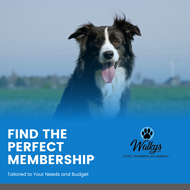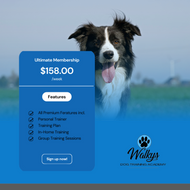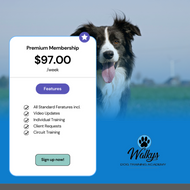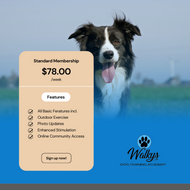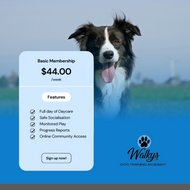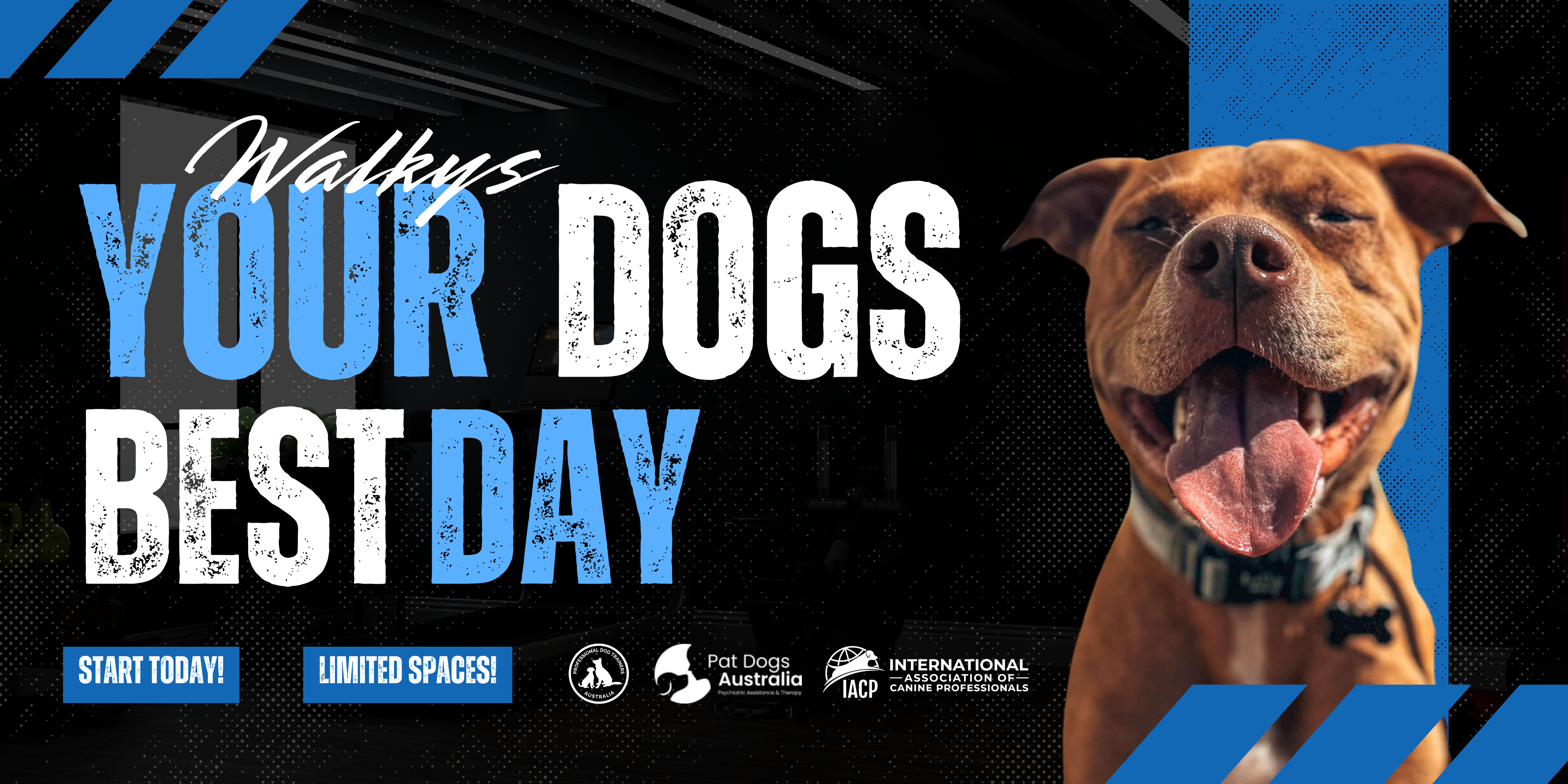

July 15, 2024
Mastering Reliable Recall
Training your dog to have a reliable recall is one of the most important commands you can teach. Whether you're in a bustling urban area or the expansive outdoors, ensuring your dog returns to you promptly when called can prevent accidents, ensure safety, and strengthen your bond. At Walkys Dog Training Academy, we have refined a step-by-step guide to help you achieve a reliable recall with your dog.
Understanding Recall: The Foundation of Training
Recall training teaches your dog to return to you on command. This command is essential for their safety and your peace of mind. Here, we break down the process into manageable steps to ensure success.
The Importance of Recall
A reliable recall ensures your dog's safety, particularly in potentially dangerous situations. It also allows for greater freedom and off-leash activities, knowing your dog will return when called.
Examples of Life-Saving Situations
- Traffic: If your dog runs towards a busy road, a reliable recall can prevent them from being hit by a car.
- Wildlife Encounters: In rural areas, a recall can prevent your dog from chasing and potentially being injured by wildlife.
- Toxic Substances: If your dog is about to eat something harmful, calling them back can prevent poisoning.
- Dangerous Areas: Near cliffs or bodies of water, a recall can prevent your dog from falling or drowning.
Foundations Required for Training Recall
Basic Obedience
Before starting recall training, your dog should be familiar with basic commands like sit, stay, and come. These commands create a foundation of obedience, making recall training smoother.
Positive Reinforcement
Use positive reinforcement to build a strong foundation. Reward your dog with treats, praise, and play for responding correctly to commands. This creates a positive association with following your instructions.
Consistent Training
Consistency is crucial in training. Ensure all family members use the same recall command and follow the same training procedures. This helps avoid confusion and reinforces the training.
Step-by-Step Guide to Recall Training
Step 1: Establishing a Strong Foundation
Before starting recall training, your dog should be familiar with basic commands like sit, stay, and come. These commands create a foundation of obedience, making recall training smoother.
Step 2: Choosing the Right Recall Cue
Select a clear and consistent cue for recall, such as "come" or "here". Ensure that everyone in your household uses the same cue to avoid confusing your dog.
Step 3: Starting Indoors
Begin training in a low-distraction environment, such as indoors. Use a positive tone and have high-value treats ready.
- Get Your Dog's Attention: Call your dog's name to get their attention.
- Give the Recall Command: Clearly say the chosen recall cue.
- Reward Immediately: As soon as your dog starts coming towards you, praise enthusiastically and reward with a treat.
Repeat this process several times until your dog reliably comes when called indoors.
Step 4: Gradual Increase in Distractions
Once your dog responds well indoors, gradually introduce more distractions. Start in your backyard or a quiet park.
- Use a Long Line: Attach a long line to your dog's collar to maintain control while allowing them some freedom.
- Practice Recalls: Call your dog from different distances and reward generously when they respond correctly.
- Gradual Exposure: Gradually increase the level of distractions, such as other people or dogs, to simulate real-life situations.
Step 5: Outdoor Recall Training
Training outdoors with increased distractions can be challenging but is essential for a reliable recall.
- Choose a Safe Environment: Start in a secure, enclosed area to prevent your dog from running off.
- Consistency is Key: Use the same recall cue and maintain consistent body language.
- Increase Distance: Gradually increase the distance between you and your dog before giving the recall command.
Step 6: Advanced Recall Techniques
For dogs that master basic recall, advanced techniques can further strengthen their response.
Recall with a Whistle
A whistle can be heard over greater distances and through environmental noise.
- Conditioning: Pair the whistle sound with a treat initially.
- Practice: Use the whistle to call your dog and reward when they come.
Emergency Recall
An emergency recall command should be distinct and only used in critical situations.
- Unique Cue: Choose a unique, rarely used cue.
- High-Value Rewards: Use the highest value rewards exclusively for this command.
Raising the Three Pillars: Distance, Duration, Distraction
Distance
Gradually increase the distance from which you call your dog. Start with a few feet and gradually extend to longer distances. Ensure your dog reliably responds before increasing the distance further.
Duration
Work on the duration your dog stays focused before recalling. Start with short periods and gradually increase the time. Practice calling your dog after a minute, then two minutes, and so on, to ensure they respond regardless of how long they've been engaged elsewhere.
Distraction
Introduce distractions gradually. Begin with minimal distractions and progressively introduce more challenging environments, such as parks with other dogs, people, or wildlife. Reward your dog heavily for responding correctly in these high-distraction settings.
Common Recall Training Mistakes to Avoid
Inconsistent Commands
Inconsistency confuses dogs. Ensure everyone uses the same recall cue and follows the same training procedures.
Insufficient Rewards
High-value rewards are crucial, especially during the initial stages of training. Use treats, toys, and praise generously.
Maintaining a Reliable Recall
Regular Practice
Consistent practice is essential to maintain a reliable recall. Integrate recall training into your daily routine.
Positive Reinforcement
Continue to use positive reinforcement, even after your dog has mastered recall. This keeps the command rewarding and reinforces their response.
Diversified Training Environments
Train in various environments to ensure your dog responds to the recall command in different settings and situations.
Conclusion
Training your dog to have a reliable recall is a critical aspect of their overall training. It ensures their safety and allows for greater freedom and enjoyment of off-leash activities. By following this comprehensive guide from Walkys Dog Training Academy, you can achieve a reliable recall and enhance your bond with your dog. Consistency, patience, and positive reinforcement are the keys to success.
For more personalised training plans and expert advice, contact Walkys Dog Training Academy. Let's make your dog's recall reliable and rewarding.


